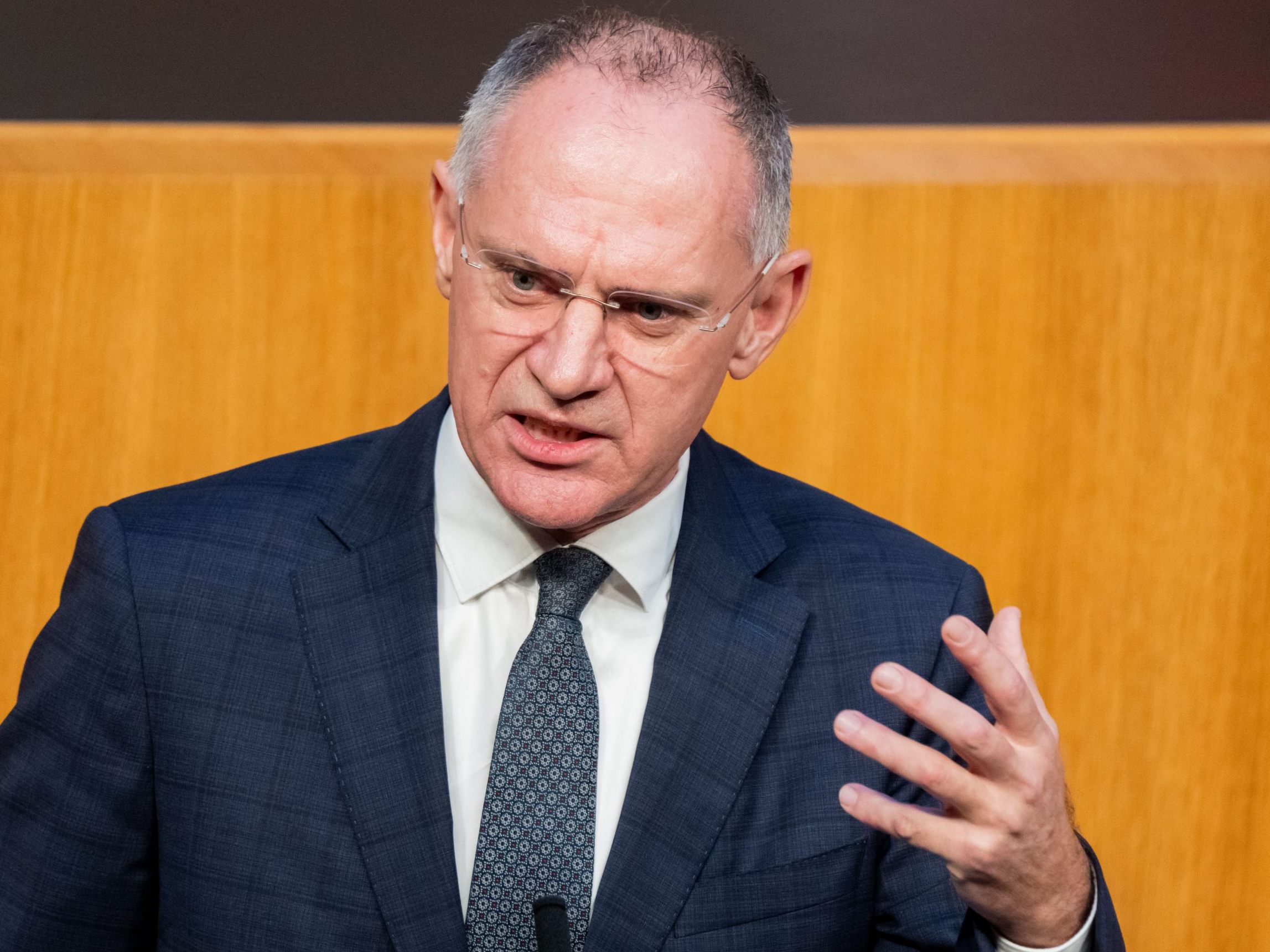Nearly 25,000 Asylum Applications Last Year: Lowest Value Since 2020

The decrease compared to 2023 was 58 percent, according to the asylum statistics presented by Interior Minister Gerhard Karner (ÖVP) on Friday. The largest group of asylum seekers by far comes from Syria. One third of the refugees belong to the age group 18 to 35, 58 percent of the asylum seekers are men.
Exactly 24,941 asylum applications were counted. In 2023, there were still 59,232. The value was even much higher in 2021 with 112,272 applications, although this number must be put into perspective, as a large number of refugees had applied for asylum when they were caught, but then continued to travel to their actual destination countries.
Asylum Applications: Decline in Austria Stronger Than European Average
The Interior Minister points out that the decline in Austria was significantly stronger than the European average. There it was only ten percent. Countries like Greece, Italy, Ireland and especially Poland even registered partly significant increases in applications. They were particularly strong in Poland with plus 79 percent. Calculated on the population, Austria is currently in ninth place in Europe in terms of applications. Specifically, 2.4 percent of the asylum applications made in the EU last year were in Austria.
55 percent of the asylum seekers in Austria in 2024 come from Syria, although this value fell to 45 percent after the overthrow in Damascus in December. The second largest group are Afghans with 13 percent of the applicants.
Decline in Family Reunification
The number of applications for family reunification decreased over the course of the year. From initially 2,000 applications per month, the number fell towards the end of the year to 300 to 400. The number of negative forecasts rose from eight to 30 percent due to increased control measures, explained the director of the Federal Office for Foreigners and Asylum, Gernot Maier.
There were slightly fewer positive residency decisions than applications, namely 24,457. Approximately 16,784 of these were asylum grants, the rest were for subsidiary protection. Nearly 17,000 Syrians were thus able to stay in the country. Also large groups are Afghans with more than 2,700 positive decisions and Somalis with just under 1,100. In addition, there were a total of 1,416 protection grants for particularly worthy reasons, with Russians being the numerically strongest group ahead of Serbs.

Nearly 18,000 Ukrainians Came to Austria
In addition, there are those refugees or displaced persons who received temporary protection. These are usually Ukrainians, a total of 17,860 people. But also 19 Russians and eight Americans received temporary protection. At the beginning of the year, 68,161 people were in basic care, significantly fewer than a year ago, when 10,000 more people were supported accordingly. Almost 37,000 of those receiving basic care are Ukrainians.
Last year, protection was revoked from over 1,100 people, including just over 100 Syrians and Afghans. These numbers could become relevant as soon as Austria starts deporting to these two countries again. Karner emphasized on Friday to continue the corresponding efforts. The fact that officials from his department recently spoke with local authorities in Afghanistan, he justified by the fact that the Constitutional Court (VfGH) has generally allowed deportations to the country again. Therefore, as Interior Minister, he had to ensure that the operational implementation would be possible.
As far as Syrians are concerned, it remains for the time being that after the overthrow of the Assad regime, the asylum applications would be "stopped". In addition, 1,750 revocation procedures were initiated because the reason for asylum (such as a threatened conscription into the army) no longer exists. Family reunification has been suspended with few exceptions. There are not too many returnees at the moment. 350 related inquiries have been received so far, 50 people have returned home to Syria.
In 2024, deportations were ordered for 13,307 people, a record number according to Karner, with 48 percent and thus significantly fewer than in previous years voluntarily leaving the country. The actual departures are not asylum seekers at the top but Slovaks, followed by Turks and Serbs. 45 percent of the deportees had previously committed crimes.
There is pride in the fact that individual work priorities have proven to be successful. For example, the number of departures to Turkey was doubled, as group leader Elisabeth Wenger-Donig emphasized.
(APA/Red)
This article has been automatically translated, read the original article here.





